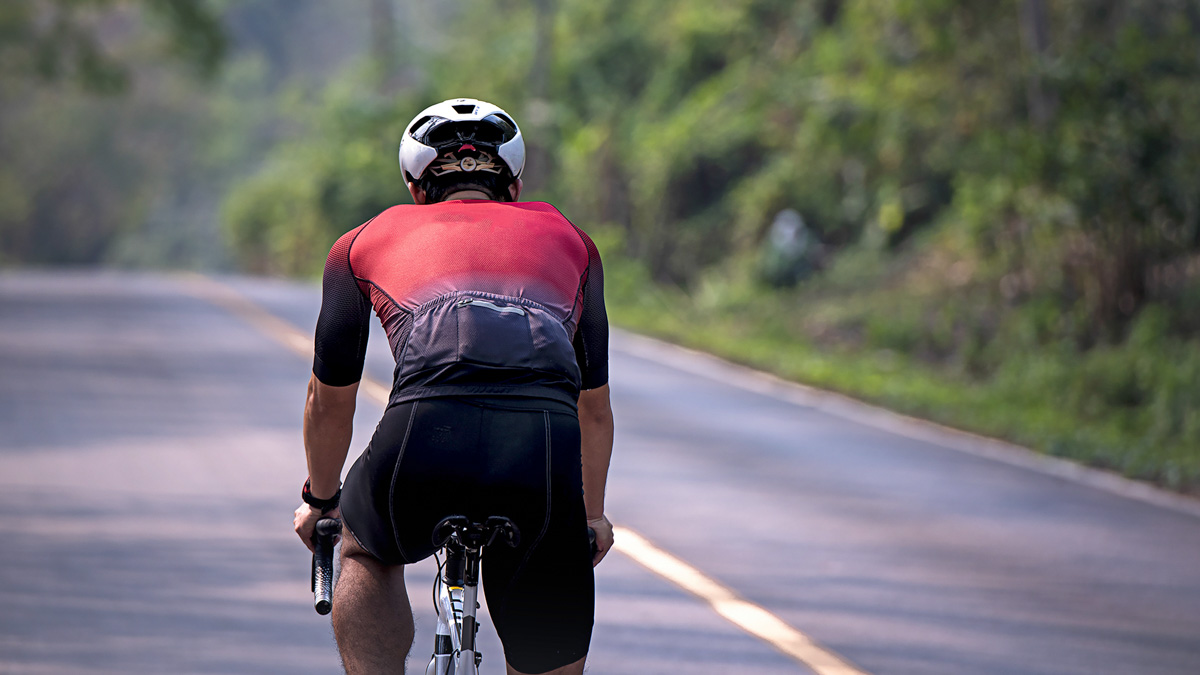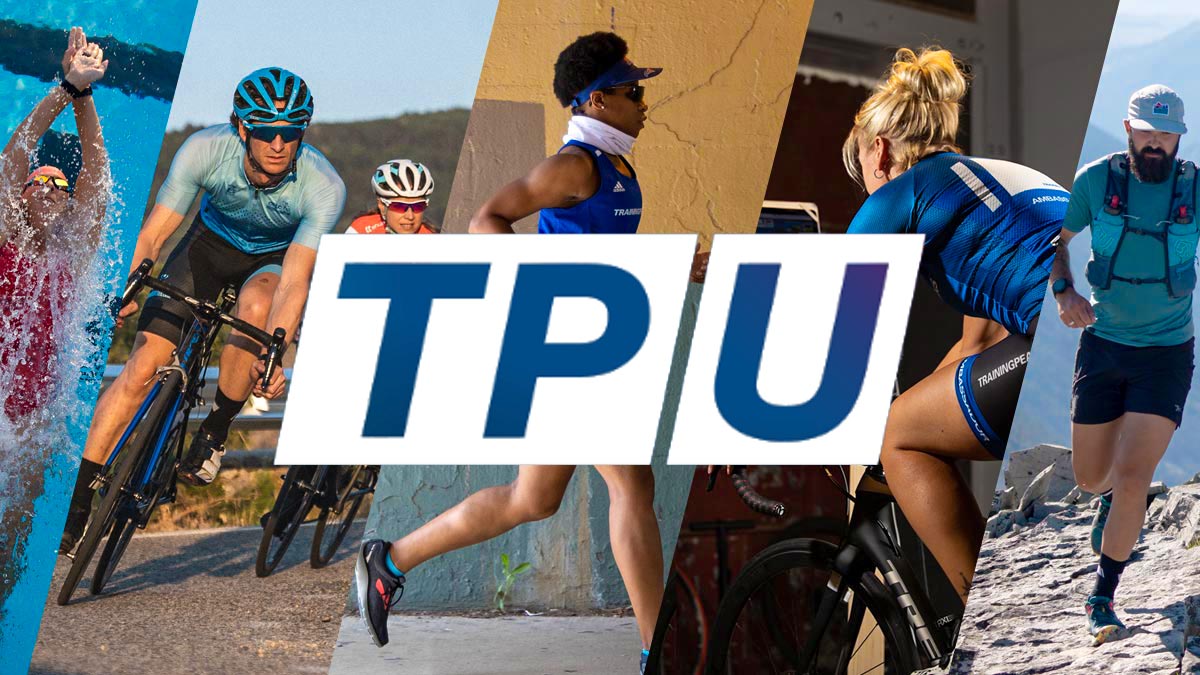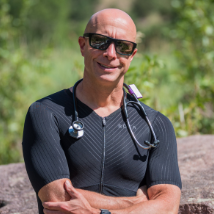On May 7th USAT published guidelines for athletes, race directors and officials on their website. While it is likely too early to think about sporting events like triathlons returning at this point, I give full marks to USAT for getting out in front of this and putting these guidelines out there, if for no other reason than to reassure everyone that they are thinking about how to move forward whenever that becomes feasible.
It is important to note that at this time, as many states begin to loosen restrictions on stay-at-home orders, the daily counts of new COVID-19 cases continue to increase almost everywhere. Thus, the likelihood of a second, significantly larger wave of cases and the potentially catastrophic failure of hospital capacity to match those numbers remains very real. Still, for thousands of athletes yearning for any hint that multisport will ever come back, these documents are reassuring.
The guidelines summarized in the document are vague and don’t dive into enough specifics to really make the value of this effort apparent. The guidelines for race directors, on the other hand, are well thought out and packed with details on how to manage almost every aspect of a triathlon. The authors worked through almost every consideration for athletes and race organizers in order to present a very comprehensive plan. While it isn’t expressly stated anywhere, one can only assume that a major motivation in presenting these guidelines is to proactively avoid any insurance claims or litigation related to competitors becoming infected if they participate in a USAT sanctioned event.
USAT has put forward a three-phased return to racing:
- Phase 1 is where we are right now: only virtual racing is allowed and training is severely restricted with specific mention of social distancing and proper sanitization.
- Avoid running or biking in groups
- Camps, while not discouraged, should be very small and follow any local rules related to group activities.
- Pool and open water swimming are acceptable so long as access is possible and strict social distancing is practiced. (there is no good evidence that Covid-19 is transmissible in swimming pools but there have not been any good-quality studies to be certain of this)
- Phase 2 allows for in-person racing but on a smaller scale than usual and depends on guidance from the federal, state and local levels. Training restrictions loosen in a similar fashion to allow for small groups but still with good social distancing.
- Phase 3 allows for a return to normal racing but with modifications to allow for social distancing and sanitization.
Much of what is in the guidelines is good common sense advice, but some of the promoted measures are less based on science than on continued best guesses. Here are some of the highlights:
One of the guiding principles in the document is that race directors must follow guidance issues from government agencies at the federal, state and local levels. One of the problems with this is in many places, these guidelines don’t align and often contradict each other. For example, federal guidelines on relaxing stay-at-home orders are quite specific, requiring declining numbers of cases over a ten-to-fourteen day period. But in all of Florida, Georgia and Texas, state guidance remains in direct opposition to this. This issue is further compounded by the ever-changing federal guidelines. This presents a challenge to race directors. Who do they listen to by default?
As a way of helping sort through this, USAT advises race directors to use a World Health Organization tool to assess risk and determine if it is safe to hold events.
Recommendations related to event operations:
- Abundantly available hand sanitizer stations are recommended with strongly encouraged social distancing in all aspects of the event including port-o-let lines.
- The re-design of venues to allow for better flow and less areas where crowds might form.
- Move race registration to online-only, whenever possible. Mitigate crowding at packet pickup and reduce packets to include only race-related materials.
- Eliminate or make optional race swag and consider newer items like branded face masks as an alternative.
- Make expos larger in footprint with the same number of vendors. Structure them so that they have a one-way flow of traffic.
- Eliminate body marking in favor of home application of temporary tattoo numbers.
- Do temperature and symptom screening of athletes prior to entry into transition (This is notoriously unreliable and of questionable benefit. A minority of infectious patients have a fever and many infectious patients are asymptomatic.)
- Enlarge transition areas and use more racks with fewer athletes to maintain 3-4 feet between athletes. (This is less than the recommended 2 meters or 6 feet that are traditionally suggested but in an outdoor environment this probably reasonable)
- Races should be rolling or time trial start.
- Athletes should be encouraged to wear face coverings (This is not based on any science. On a racecourse, outdoors, appropriately distanced from other competitors, face masks are of little benefit and very likely unnecessary)
- Try to have no aid stations on the bike course. For the run course, volunteers at aid stations should wear masks and gloves and if they come in contact with an athlete should change gloves and sanitize before returning to get more. (This is overkill in terms of actually mitigating risk to both athletes and volunteers but once again I believe this is an abundance of caution being displayed to avoid any potential litigation).
- Move to virtual post-race awards using either truly virtual medals or posted hard medals.
As a coach, you may be getting questions from your athletes about these guidelines:
- Are they any good? On the whole, these guidelines are an excellent starting point and have been developed using best evidence from reputable sources. As I mentioned earlier, the motivation behind some of the recommendations is likely to mitigate legal risk to USAT (e.g. wearing masks while competing, checking temperatures before allowing entry into transition) but even still, these guidelines are very reasonable and do not leave very much unaccounted for.
- Do these guidelines mean that races are on the horizon? There is no one answer to this question as the state of the pandemic is very different in varying geographic regions. I think that it is still going to be some time before we can even consider having events in which hundreds of people gather for a race. However, it is not completely implausible that smaller events could take place in late summer. Much will depend on how things progress as states continue to ‘open up’ over the next few weeks to months.
- Should athletes consider these guidelines an indication that racing will be safe? This is a difficult question to answer and every athlete is going to have to think long and hard on it before they return to racing. While these guidelines are very good and if followed to the letter would definitely mitigate risk, they still do not reduce the risk to zero. At that point, it becomes a complex and individual decision. Is the athlete prepared for the potential consequences of contracting this virus? Do they have underlying health conditions that would make the virus significantly dangerous? (e.g. older age, obesity, underlying diseases like hypertension or diabetes) And finally, do they have close contact with anyone vulnerable? We all face risk by shopping for groceries, going to the park or visiting a workplace, but for the most part, those risks are manageable and reasonably low.
Triathlons, even if they are small and even if they follow these excellent USAT guidelines, will pose a much higher risk, such that the desire of the heart to race, must battle the survival instinct of the brain. Your athletes will likely reach a point where their desire to race leads them to question the risk. As a coach, the most important thing that you can do is err on the side of the brain.
For now, we remain in the virtual world of Phase 1 but we can hope that for some, Phase 2 will come in the next few months. As a coach it’s prudent to start these kinds of conversations now, rather than wait for races to open and athletes to decide based on an overwhelming desire to see a finish line only to fall ill and regret it.
Train hard, train healthy.



